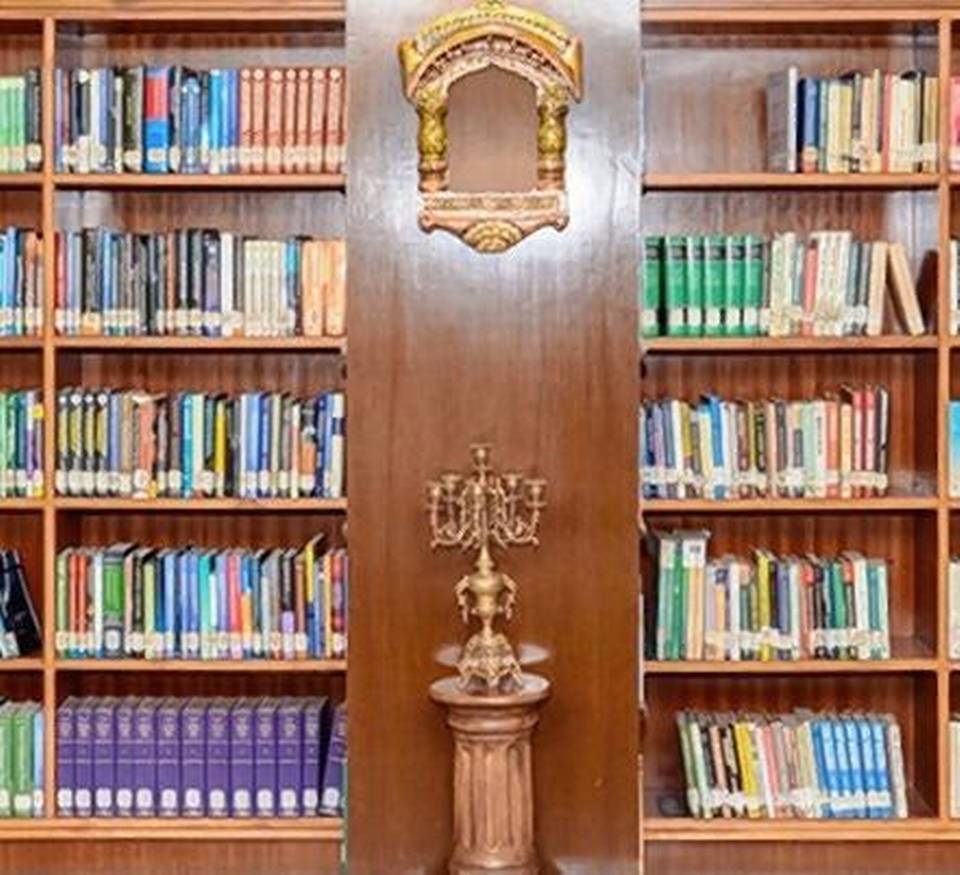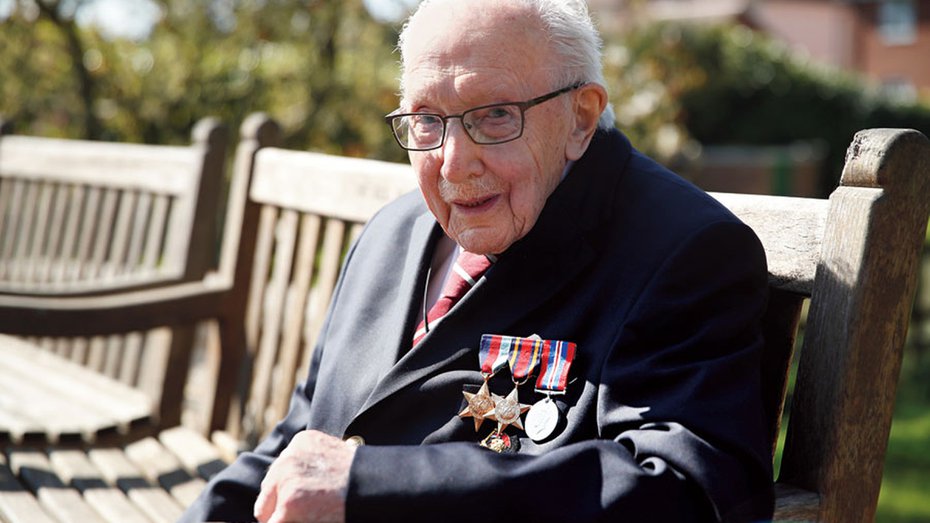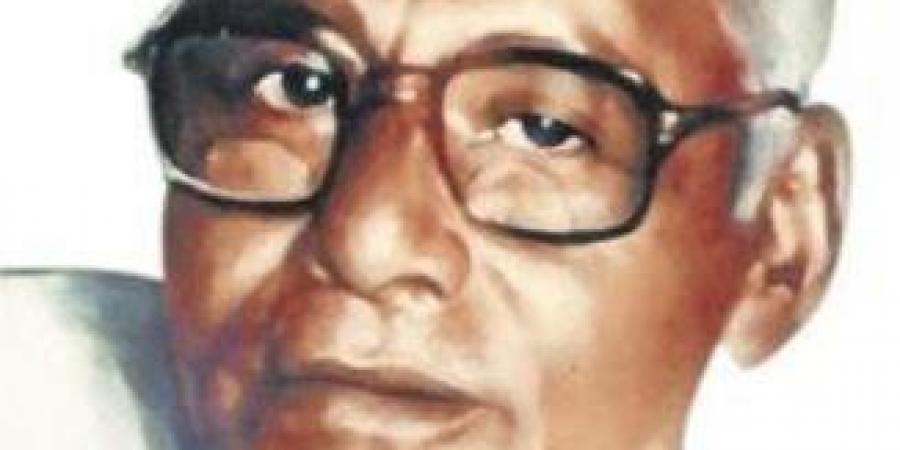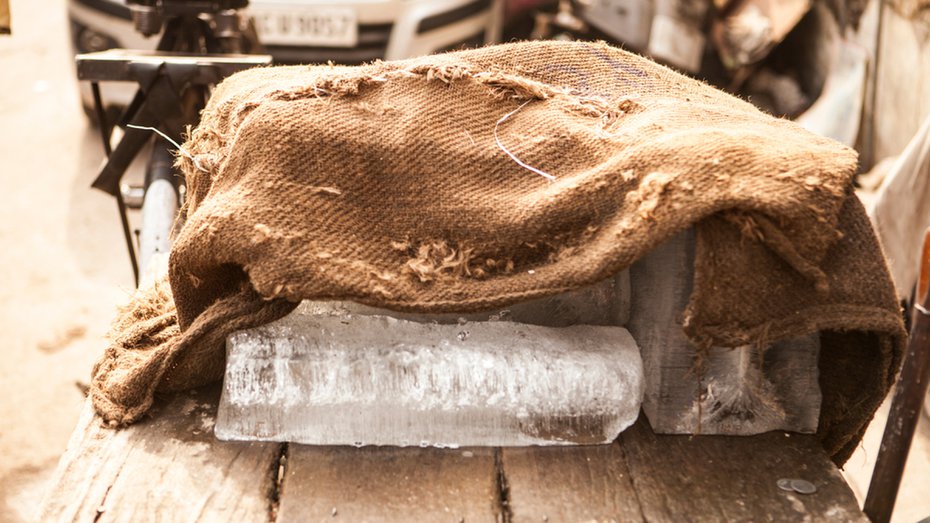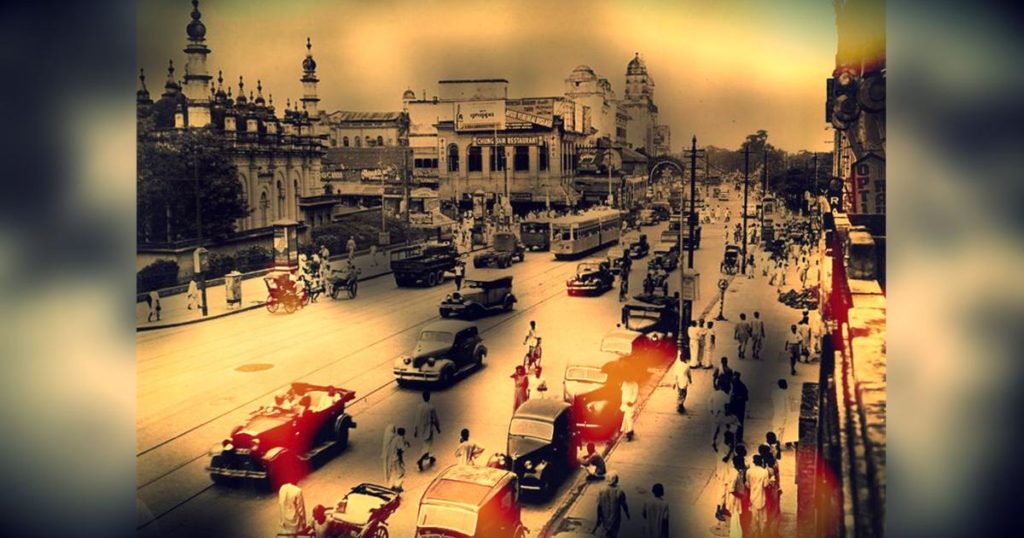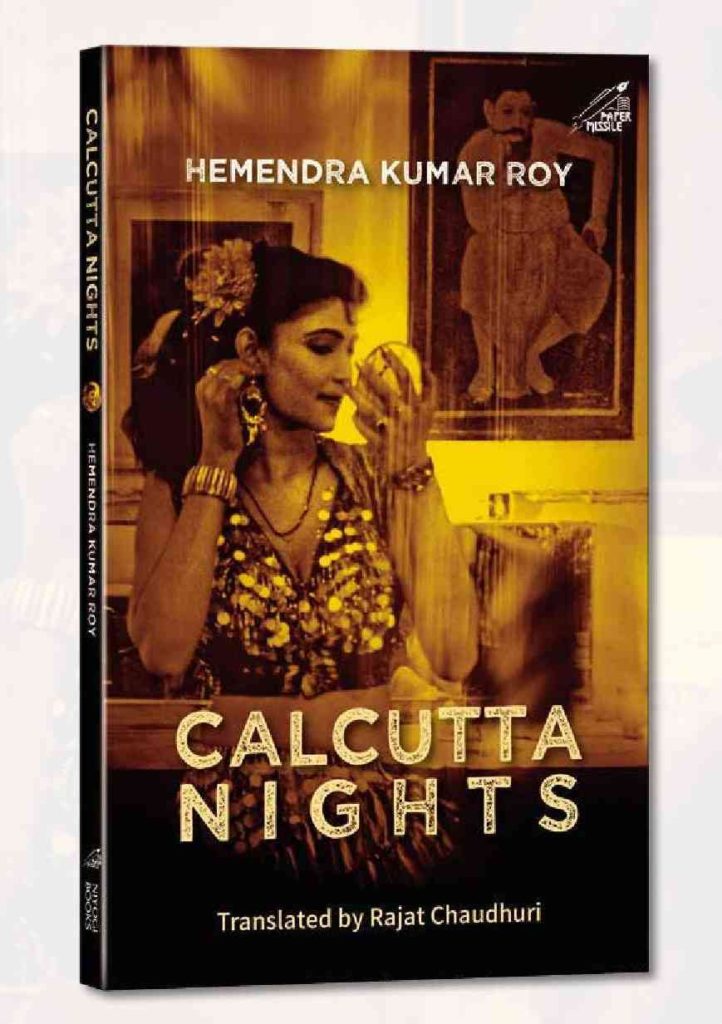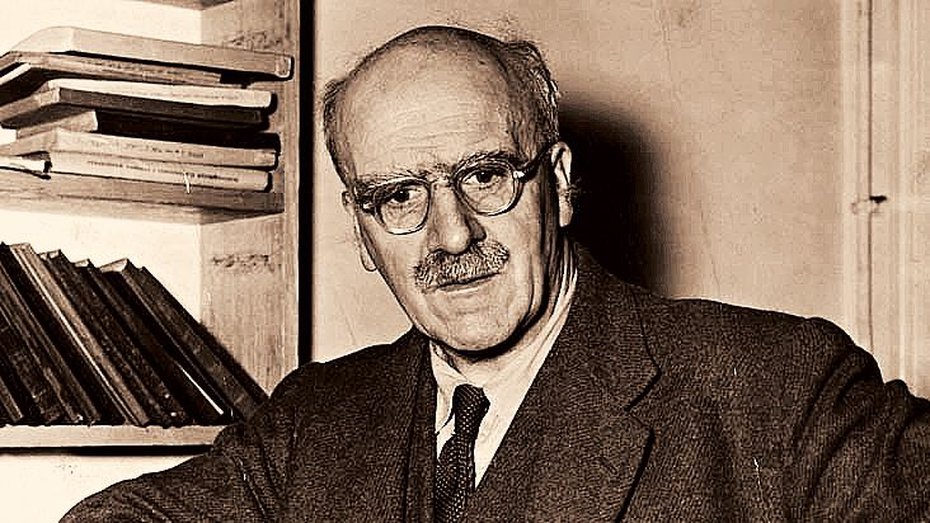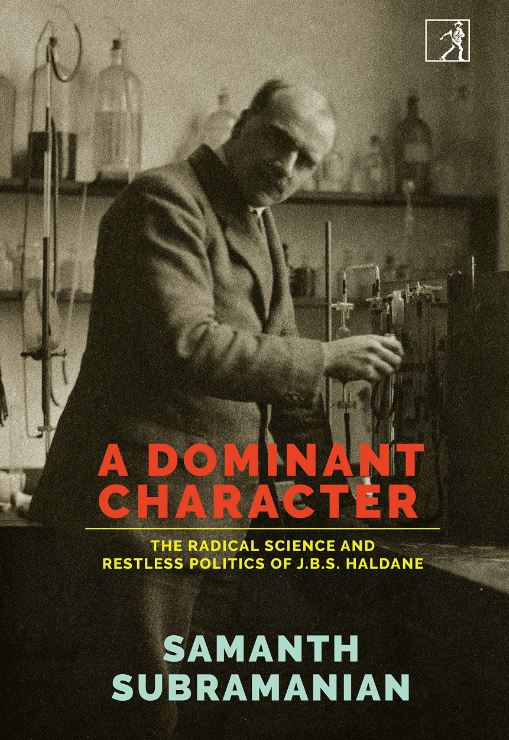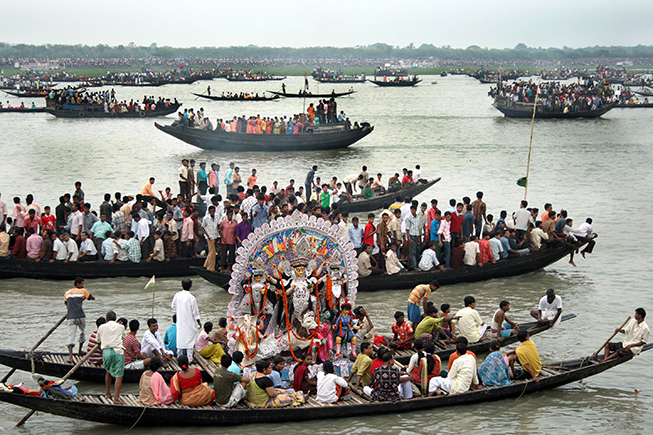
Taki in West Bengal is a town of green paddies and greener ponds on the banks of the Ichamati river separating India and Bangladesh. Like the rest of the state, it sees enthusiastic Durga Puja celebrations every year. The streets are lit up in canopies of fairy lights, Bengali songs and Bollywood hits blare from loudspeakers, and pandals, or marquees, compete for who carries the tallest, glossiest pratimas—idols—of the goddess Durga.
But what distinguishes Taki from other border towns is a particular tradition on the final day of the Puja. As its residents gear up for the immersion of idols, so do its counterparts in Satkhira, a district across the border in Bangladesh. The inhabitants of both towns place the pratimas in their respective boats and sail up to border security boats floating in middle of the river, along the international boundary. With a dozen metres between them, the two groups of neighbours wave at each other, exchange greetings and—with deafening shouts of “Aschche bochor abar hobe!”–Until next year!–immerse the idols together. For a day, citizens of the two countries, divided by geopolitics, come together to celebrate a shared heritage.
The practice of joint celebrations goes back several decades, Sridip Roy Choudhary, a local Communist Party of India (Marxist) worker, told me over tea and rasgullas when we met in late September 2017. Until the early 2000s, residents of both countries would cross the riverine boundary and dock in the neighbouring country to shop and socialise on the eve of visarjan—the day of immersion. “There would be a little mela on both sides,” Choudhary said. “We’d buy coconuts and sugarcane from there, they’d buy oil, soap and Boroline (antiseptic cream) from here.” Some people would even find a wedding match for their sons or daughters. His friend Subhas Pal, a 48-year-old LIC agent, recalled it as a time of fluid movement across the border. “I made a lot of friends in these visits across the border. Hindus or Muslims, they always treated me with the best of hospitality,” he said. “We’d fish in the ponds and have a feast after.” While those from Bangladesh made use of the medical facilities available in India, Indian visitors were keen on the cheap, “king-size” cigarettes of Bangladesh. And Pal added, these would not be bought, only bartered.
At 6 pm, the border guards would announce the end of the meeting-time. The residents would get into their respective boats and trawlers and return to their countries across the river. There were no passport-checks or entry pass for visitors. At its heart lay an implicit trust, according to Taki residents. The practice of an open-border tradition seems extraordinary now, with security concerns about cross-border terrorism, illegal immigration and cattle trade dominating the mainstream discourse. But academics specialising in Indo-Bangladesh relations consider the close ties between the border towns quite natural given their shared ethnic identity, the mutual practice of soft diplomacy and Durga Puja’s importance in the Bengali community.
“The Puja festivities have always been more social than religious affairs,” Somdatta Chakraborty, a research associate at Calcutta Research Group, told me over the phone. “Not only do Muslims participate in large numbers in the celebrations, most pandal-makers belong to the community.” Many villages along the border lie within shouting distance of each other, sometimes separated by a narrow mud path or shallow streams. Given their shared linguistic identity, it was not easy for many residents living in the border-towns to come to terms with the creation of East Pakistan in 1947 and, later, Bangladesh in 1971. Many had friends and relatives across the border—at times, in their backyards—and restrictions on free movement were often too much to bear.
According to Chakraborty, the Ray Chaudharys, an influential zamindar family, first began communal Durga Puja celebrations in Taki in the 1970s. As it grew in scale, visitors came from across the border for visarjan. “After the economic liberalisation of 1991 in India, people started coming in from Bangladesh for work,” she said. “Then in 1992, the Babri masjid demolition happened. In Kolkata, it prompted communal disturbances for the first time after 1947. This began to dilute the homogeneous Bengali identity.”
Beginning in 1989, the Indian side decided to fence its 4,098-kilometre border with Bangladesh. Thirty years later, the work remains half-finished. A 10-foot fence with concertina wires, and two-foot rock stumps for border-pillars, are visible along the border. The Border Security Forces, or BSF, did not fence the perimeter of the Ichamati river, since local livelihoods depended on it, but ramped up security and surveillance. They also erected watchtowers along the riverfront and floating outposts in the river. By the early 2000s, a day-long free pass across the border on visarjan had all but stopped.
In May 2011, the All India Trinamool Congress, led by the now-chief minister of West Bengal, Mamata Banerjee, swept the state assembly elections. The party, known for promoting better relations with Bangladesh, reportedly organised a Milan Mela—a festival to celebrate the immersion—in Taki, and it allowed for the relaxation of border norms on the day of visarjan. According to eyewitnesses and media reports, thousands allegedly trooped into India under the garb of festivities and boarded buses and trains to bigger cities in search of employment. There was a near-complete shutdown of immersion festivities for the next three years.
The BSF South Bengal Frontier, in charge of the security at the Taki border, refused to either confirm or deny that there had been any security lapses in 2011. Instead, a representative speaking for the BSF chief PSR Anjaneyulu told me, “Such an incident hasn’t happened in the past three to four years. Now it is very organised.” His reluctance to speak about the incident had a familiar ring to it: in a report published on Rediff.com in 2014, a security personnel in Taki told a journalist, “It’s an unpleasant memory that is buried. Let’s talk about today and tomorrow.”
When I attended the Taki visarjan in 2017, the diplomatic relations between the countries were at their least combative. Over the previous four years, India had resolved the administrative anomalies of its border enclaves and started a public border-retreat ceremony at the Petrapole-Benapole checkpoint, the highlight of which was the security personnel shaking hands before calling it a day, every day.
At Taki, the border forces of India and Bangladesh were alert but not intrusive, as they patrolled on steamers with guns, cameras and life-jackets. Thousands had turned up to witness the unique Puja celebrations along the leafy riverfront. Nearly a hundred boats chugged along the length of the Ichamati promenade, carrying revellers from both countries who clicked photos, soaked in the September drizzle and waved at their neighbours across the border. At 6 pm, the security forces announced that the celebrations should wind up. Over the next hour, their loudspeakers and flashlights led the boats back to the coast.
Pal was also among the revellers that day. “My only regret is that the next generation will never know of the joy we had experienced,” he said. “For us, visarjan was not about taking the pratima and throwing it into river. It was about making the journey to the other end, of interacting with people. The charm has now diminished. It now seems like a formality.”
I asked him what he missed the most about the border-crossing tradition. With a laugh, he said, “The free cigarettes, of course.”
The print version of this article mistakenly stated that India and Bangladesh had signed a pact for sharing the waters of the Teesta River. The Caravan regrets the error.
OMKAR KHANDEKAR is a journalist from Mumbai, and an alumnus of Cardiff University. His reporting from India, the Maldives and the United Kingdom has appeared in numerous publications, including The Caravan, Open and Scroll.
source: http://www.caravanmagazine.com / The Caravan / Home> The Lede – Community / by OmKar Khandekar / March 01st, 2018
